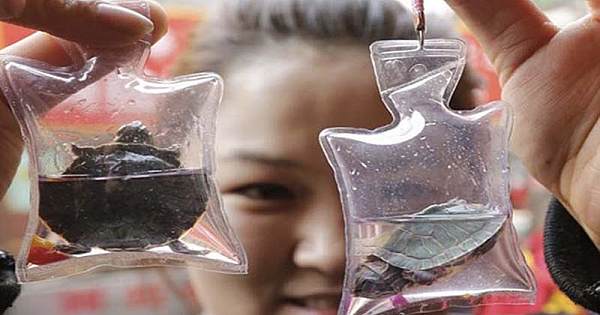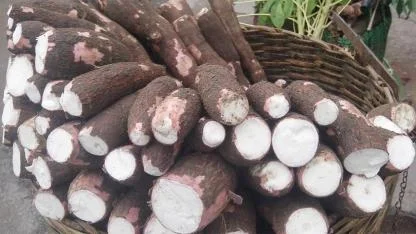CRUELTY: Animals Trapped Alive in Keychains Sold for $1.50 in China
CRUELTY: Animals Trapped Alive in Keychains Sold for $1.50 in China.A strange trend in China has caught on, and many people in other areas of the world are horrified. Animal rights activists are especially upset that people in China are keeping live fish, turtles and other amphibians as keepsakes on their keychains. A strange trend in China has caught on, and many people in other areas of the world are horrified. Animal rights activists are especially upset that people in China are keeping live
Yayınlanma :
08.07.2019 00:58
Güncelleme
: 08.07.2019 00:58











